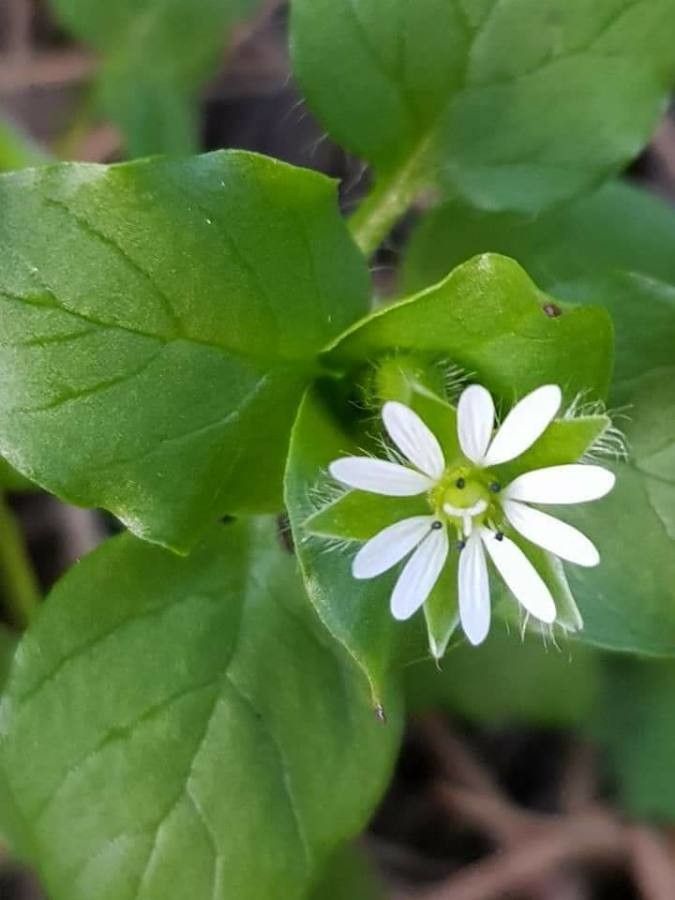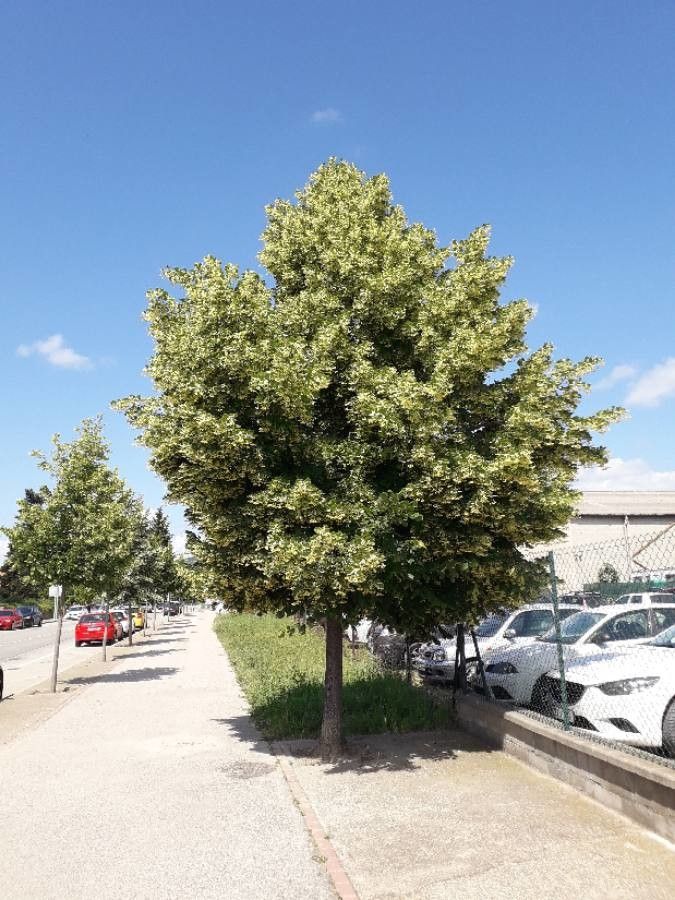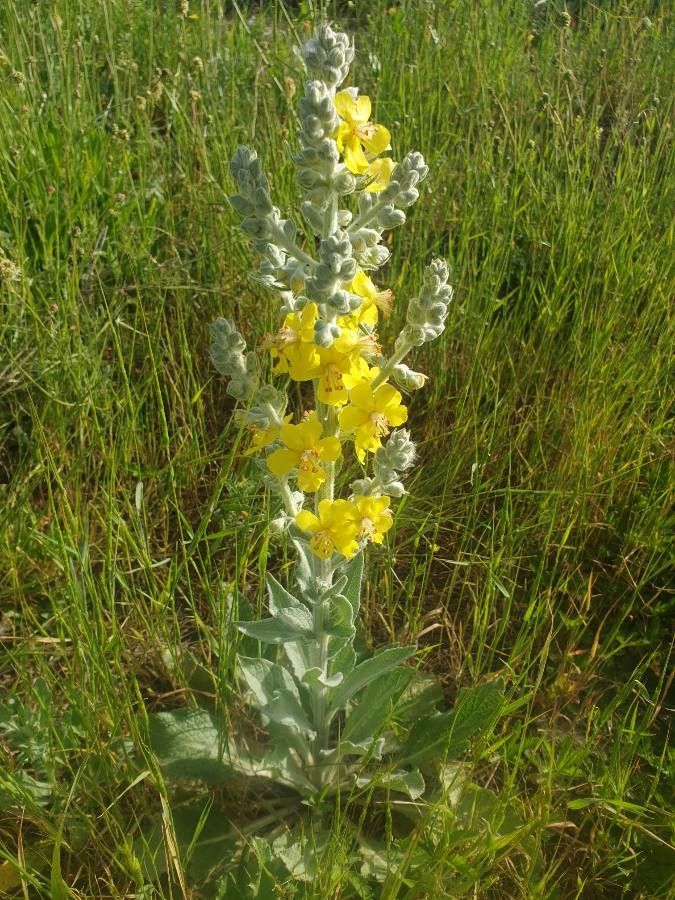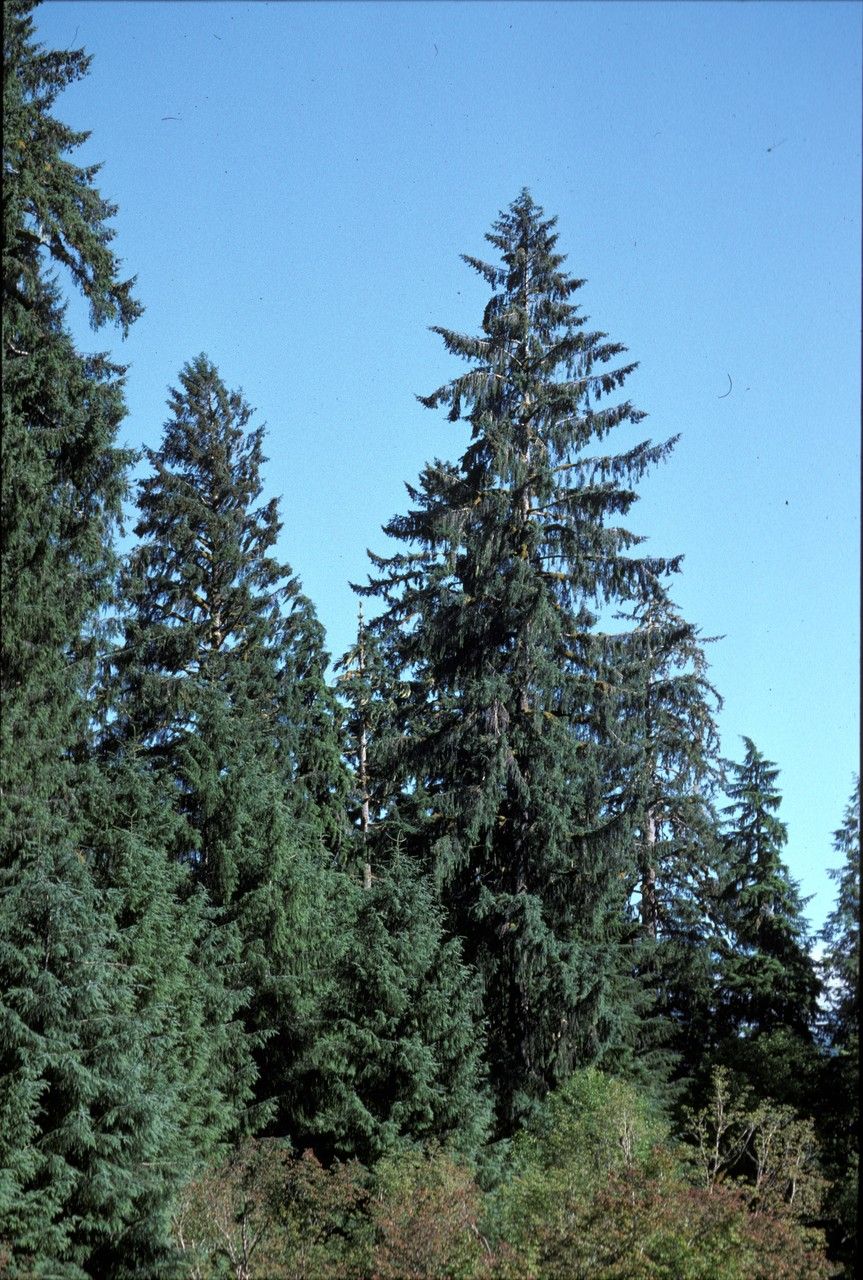# Common Chickweed: A Comprehensive Guide
Common chickweed (Stellaria media), a member of the Caryophyllaceae family, is a ubiquitous annual plant found across the globe. Often considered a pesky weed in gardens, it also holds significant value as a nutritious edible green and a beneficial ground cover. This guide delves into the identification, cultivation, and uses of this fascinating plant.
### Identification
Recognizing common chickweed is crucial, whether you're trying to eradicate it from your garden or harvest it for culinary purposes. Key features include:
* **Leaves:** Oval to lanceolate, oppositely arranged, and often slightly hairy.
* **Stems:** Weak, sprawling, and often prostrate, with a single row of hairs along one side of the stem (a helpful distinguishing feature).
* **Flowers:** Small, white, five-petaled flowers with deeply notched petals, giving the appearance of ten petals. They bloom from spring to autumn.
* **Seeds:** Small, brown, and kidney-shaped seeds contained within capsules.
### Habitat and Growth
Common chickweed thrives in a variety of conditions, making it a successful colonizer. It prefers:
* **Sun Exposure:** Partial shade to full sun. It tolerates a wide range of light conditions.
* **Soil Needs:** Moist, well-drained soil, though it can tolerate somewhat dry conditions. It often flourishes in disturbed soil, such as cultivated gardens or along paths.
### Culinary and Medicinal Uses
Common chickweed is a surprisingly nutritious plant, packed with vitamins A and C, as well as other essential nutrients. Young leaves and stems can be eaten raw in salads or cooked like spinach. It's also used in soups and smoothies. Historically, it has been used in traditional medicine, though scientific evidence supporting its medicinal properties is limited. Always properly identify the plant before consumption.
### Managing Common Chickweed in Gardens
While common chickweed offers many benefits, its rapid growth can overwhelm other plants. For gardeners wanting to control its spread, consider:
* **Hand-weeding:** Pulling the plants by hand is effective, especially in small areas.
* **Mulching:** Applying a thick layer of mulch can suppress its growth.
* **Cultivation:** Regularly tilling the soil can disrupt its lifecycle.
* **Competition:** Planting densely growing cover crops can out-compete the chickweed.
### Ecological Significance
Common chickweed plays a vital role in various ecosystems. It provides food for numerous insects and birds, contributing to biodiversity. Its sprawling nature aids in soil stabilization and erosion control.
### Conclusion
Common chickweed, despite its reputation as a weed, is a fascinating and useful plant. Understanding its characteristics and how to manage its growth allows gardeners to appreciate both its potential benefits and its challenging nature.
Common Chickweed: Guide to Growing & Identifying

Frequently Asked Questions
Is common chickweed edible?
Yes, young common chickweed leaves and stems are edible and can be added to salads, cooked like spinach, or used in soups and smoothies. However, always ensure positive identification before consumption.
How do I identify common chickweed?
Look for oval to lanceolate leaves arranged oppositely on weak, sprawling stems. A single line of hairs on one side of the stem is a distinguishing feature. The small, white flowers have deeply notched petals, appearing as ten petals. Refer to detailed images and plant guides for confirmation.


